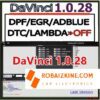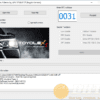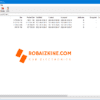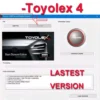Guide to Pops, Bangs, and Farts in Simos 18 Ecu Leave a comment
One of the most exciting aspects of tuning with Simos 18 is creating the iconic “Pops and Bangs” and “Farts” in the exhaust system. These effects, which are often referred to as Impulse Combustion in the Simos ECU world, allow for dynamic fuel and ignition adjustments that result in the aggressive auditory response so many car enthusiasts love.
In this article, we’ll delve into the technical details of how impulse combustion works in the Simos 18 ECU, focusing on how fuel injection is managed, ignition timing is retarded, and how different systems like the gearbox and torque management request these actions. While this is specific to Simos 18, understanding these principles can help tuners unlock the full potential of this ECU for a wide range of vehicles.
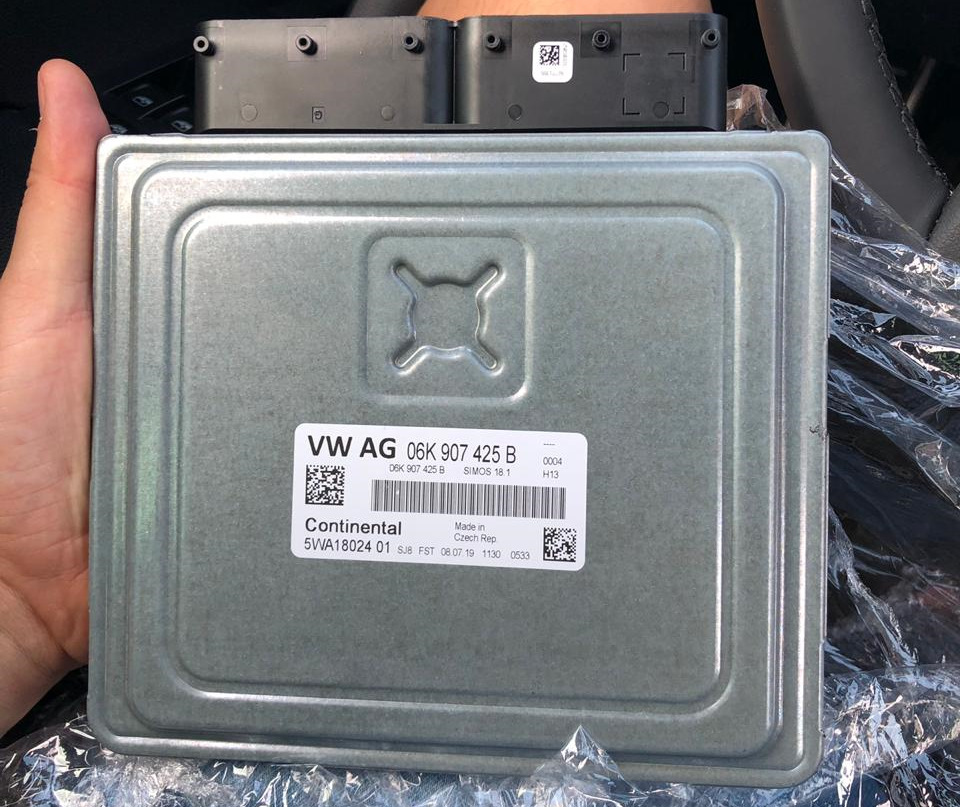
What Is Impulse Combustion (IMPC) in Simos 18?
Impulse Combustion in Simos 18 refers to a process within the ECU’s Application Software (ASW) that governs fuel injection and ignition retardation under certain conditions. It primarily involves two mechanisms:
- Fuel Injection Management: The Simos 18 ECU dynamically adjusts fuel injection according to a series of predefined cut-off patterns, which are numbered. These patterns represent different levels of fuel cut-off during events like throttle lifts or gear changes:
- Pattern Nr0: No fuel cut-off—fuel injection proceeds as usual.
- Pattern Nr2: Partial fuel cut-off—around 50% of the fuel is cut.
- Pattern Nr4: Full fuel cut-off—100% of fuel is cut, leading to no injection.
- Ignition Retardation: Ignition timing is pulled back (retarded) to a specific target, as requested by certain logic modules like torque management or the gearbox. The more ignition is retarded, the more likely unburnt fuel will combust in the exhaust, resulting in the pops and bangs. In Simos 18, the ignition retardation target isn’t directly taken from ignition maps but from dynamic calculations based on various conditions.
Systems That Request Impulse Combustion in Simos 18
Several modules in the Simos 18 system can request Impulse Combustion, and each one follows its own logic and parameters. The most common scenarios include:
- ESP (Electronic Stability Program): The ESP system may request pops and bangs during torque adjustments, especially in high-performance driving scenarios where traction control is active.
- Gear Changes: Known as gearshift farts, this sound occurs during gear shifts when the gearbox requests temporary torque reductions. The ECU adjusts fuel injection and ignition timing to produce the characteristic “fart” sound.
- Torque Management: When torque is modified or reduced, the Simos 18 ECU triggers impulse combustion, managing fuel cut-off and ignition retardation to create pops and bangs.
Importantly, each of these systems operates independently with its own logic, activation requirements, and configuration within the ECU. They do not overlap and are separate from each other, ensuring each effect is triggered only under the appropriate conditions.
Common Scenarios for Simos 18 Pops, Bangs, and Farts
Let’s explore how the Simos 18 ECU handles three common scenarios for producing pops, bangs, and farts:
- Gearshift Farts: During gear changes, the gearbox requests a torque reduction. The Simos 18 ECU selects the appropriate fuel cut-off pattern based on the torque value compared to a reference value (TQ vs TQ REF). This results in partial or full fuel cut-off.
- Ignition Retardation: The ignition is pulled back, but unlike traditional ECUs, this retardation isn’t taken directly from static ignition maps (such as IGSP_MIN). Instead, Simos 18 uses bit-level calculations to dynamically determine the ignition retardation target.
- Duration: The duration of the fuel cut-off and ignition retardation depends on how long the torque reduction is requested by the Transmission Control Unit (TCU). This creates that sharp, short “fart” sound during gear changes.
- Pops and Bangs: When there is a torque change—like when the driver lifts off the throttle—the ECU initiates a dedicated fuel cut-off pattern from its internal maps. The ECU either reduces or completely shuts off fuel injection and simultaneously retards the ignition timing.
- Fuel Injection: The ECU references specific maps that control how the fuel cut-off should be managed. This allows the system to create controlled pops and bangs.
- Ignition Retardation: The ignition timing is retarded based on maps that are dedicated to pops and bangs.
- Duration: Both the fuel cut-off and ignition retardation durations are controlled by these maps. The length of time these effects last will determine how loud and how long the pops and bangs are heard.
Customization in Simos 18
The beauty of the Simos 18 ECU is its rich set of configurations and customizations. Tuning pops, bangs, and farts is more than just flipping a switch—it involves fine-tuning parameters in the ECU’s ASW. Maps for fuel cut-off patterns, ignition timing, and torque requests can be adjusted to achieve a specific sound profile, giving tuners the power to customize the exact behavior of these effects.
Depending on driving mode, throttle input, engine speed, and other factors, different behaviors can be triggered. For example, you might want aggressive pops and bangs in sport mode, but a more refined and subdued effect in normal driving.
Considerations for Tuning
While tuning for pops, bangs, and farts is exciting, it’s essential to approach this with care. Overuse or aggressive tuning can put additional stress on engine components and the exhaust system. Excessive pops and bangs can also negatively impact fuel efficiency and emissions.
A well-balanced approach ensures you get the best auditory experience without sacrificing engine longevity or compliance with regulations.

